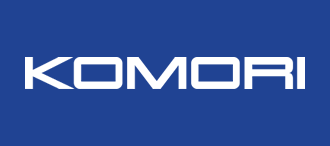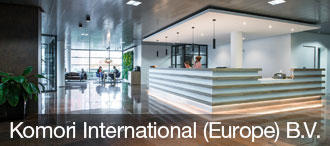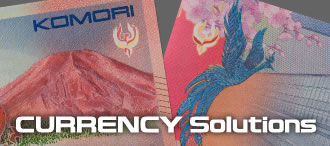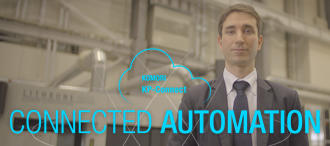Between tradition and innovation
Italy, Marchesi Grafiche Editoriali | Lithrone G40 [GL-640+C H-UV]
01 March 2016
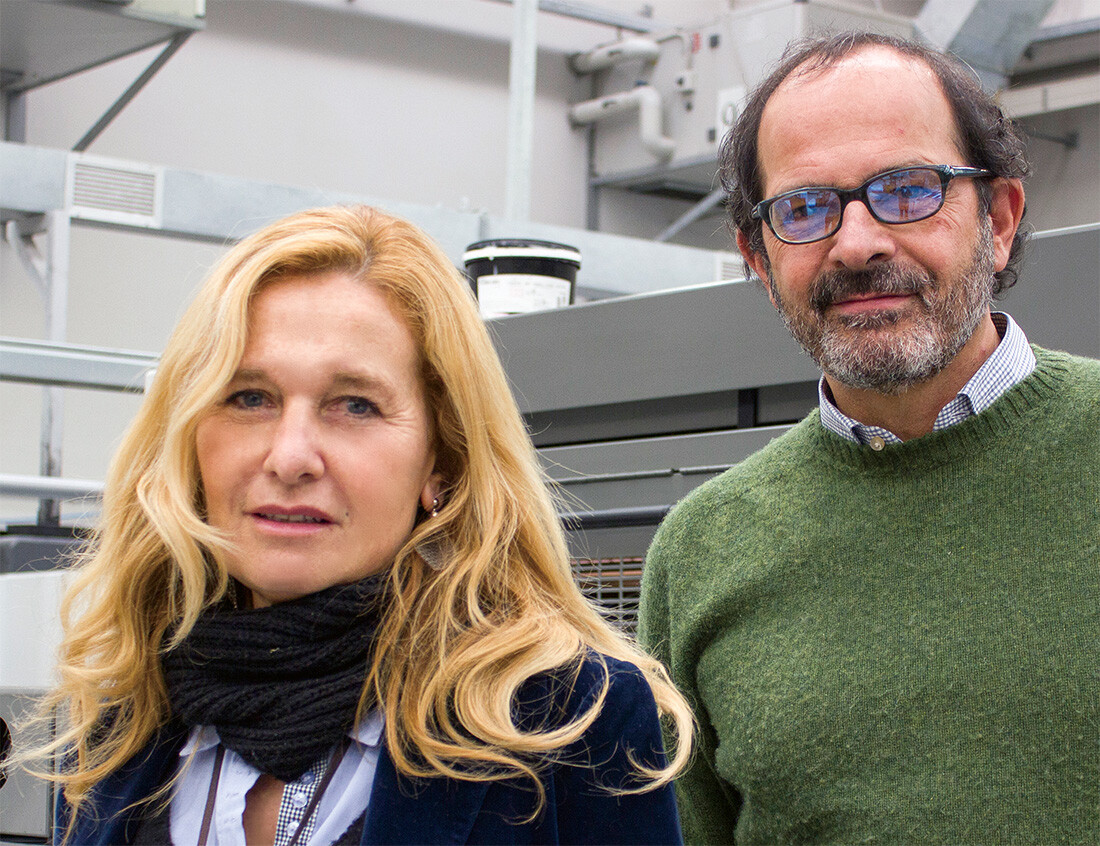
A storied Italian printing house with more than a century of experience and accomplishment, including printing many of the jewels of the Italian publishing world in the 20th century. Now a major player in the fashion and luxury milieu, located in the city that is synonymous with style and artistic awareness.
Marina and Stefano Marchesi, Owners
At the pinnacle of quality printing. An achievement that the company has attained by integrating two apparently opposite yet vital corporate values: tradition and innovation. Marchesi Grafiche Editoriali offers its highly developed and refined know-how to clients who demand maximum attention to detail. The ultimate objective is elegant and unique products. Fashion and designer brands as well as prestigious publishers commission the most beautiful works of Italian culture — if they can count on Marchesi's top quality printing.
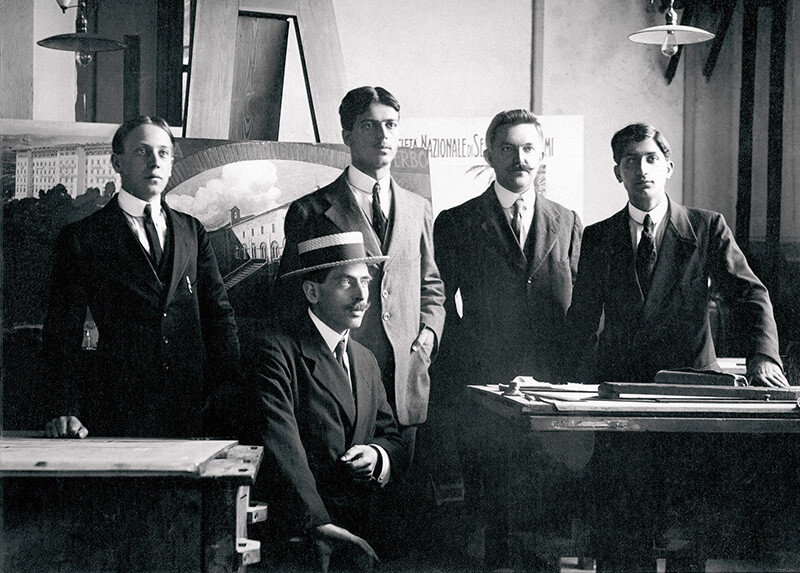
Ivo Marchesi and staff of Marchesi Grafiche Editoriali around the time of its founding.
What are the key markets you operate in?
Style and luxury, publishing and culture, large corporations, financial institutions, pharmaceuticals, periodicals, sports, events and so on...Actually, we operate in all sectors where paper communication is not only essential but also evocative.
What strategic choices have been driving your business during the last years?
Innovation, no doubt. While new technologies have changed the means of communicating, paper is still the best medium to evoke emotion. This year, to acquire high definition printing capabilities we added a six-color Komori Lithrone G40 with coater and H-UV curing, a formidable time-saver that is making our clients very pleased.
What are the reasons for your success?
Tradition, skill and professionalism. These values are essential for satisfying our clients. We also look for opportunities to acquire talented professionals and partners as well as capabilities that have no connection to the world of paper.
What initiatives have you taken to face today's market difficulties?
Continuously innovating and offering quality services. Of course difficulties remain, but we never let ourselves be discouraged. On the contrary, both the current crisis and the advent of digital technologies are challenges that we have been tackling successfully. This is proven by our positioning in the market. Innovating also means investing. We did both after first identifying the market segments that are most suitable for us. In addition, we diversified our activities while always focusing on production.
How do you see the current state of the printing market?
The situation is rather critical. Digital technologies have fundamentally changed the means of communicating, and the Web now offers immediate and always up-to-date information. There are fewer printed magazines since they started evolving into digital format. Moreover, many other printed products are following this digital trend. Today our clients simply want more: high definition, utmost attention to details, technical support and assessment of results, plus all the other ancillary services such as logistics, IT integration and administrative management. But we are trying to go beyond that. We are not consultants, but our experience, skills and knowledge of materials are helping us to overcome production issues and provide clients with comprehensive support.
Do you also operate abroad?
Since we work for Italian companies and multinational corporations alike, our turnover certainly includes a foreign component. During the last six months we have been serving international markets with a more strategic focus. Because our evaluation is still under way, we are not yet able to judge whether this move is going to be profitable or not.
What special assets are helping you to work in your core business?
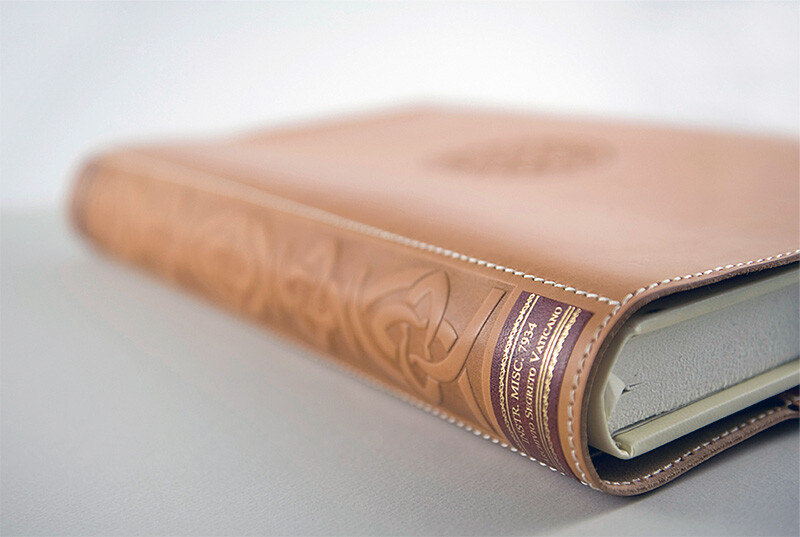
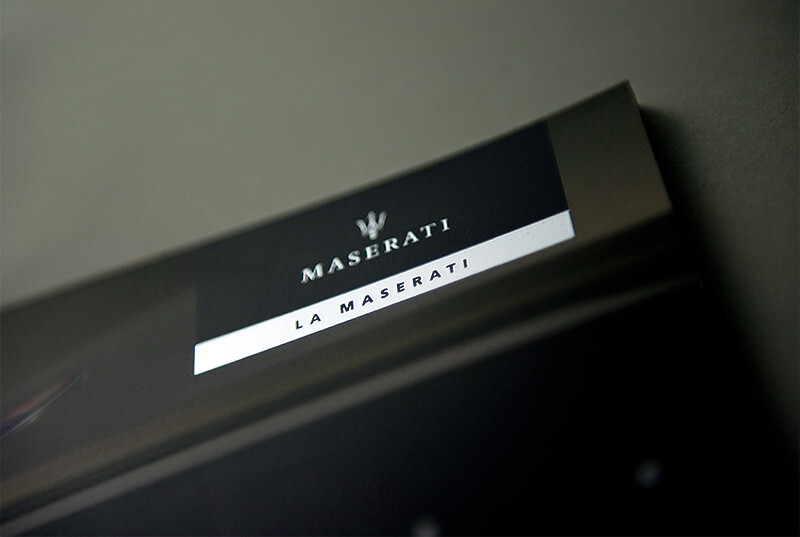
Extravagant quality and unique binding treatments account for a clientele that includes some of the most famous marques in the Italian automotive world.
Above all, our technical skills, particularly for the creation of those special products that web printing portals for the basic market cannot offer. Next, the utmost attention to customer needs. This demands the ability to fully understand their requirements, which at times differ from production requirements. Increasingly short turnarounds are just one example. Finally, we have a propensity to accept risks, in particular by going beyond the customer's nominal requirements and offering them far more substantial support.
Should your key clients and famous fashion brands be considered an opportunity or a risk?
Well, they offer us the possibility of steady growth. Supporting them means calling upon all our resources to provide new techniques and solutions. But the main difficulties come from the competition and the ongoing crisis. It's natural that clients try to save money. But when they see the difference between us and our competitors, they aim straight for our quality and attention to detail, which most printers cannot offer.
To what extent do you believe in e-commerce as an opportunity?
From the beginning, we aimed at this lean, flexible, modern and innovative tool. However, this is not a sector we want to invest in today. The market is so saturated that the competition is based solely on price. This means dealing with clients who have different requirements from our regular clients. Actually, we use e-commerce to sell and distribute finished products from our small to medium projects, and for the moment we are very satisfied with this solution.
What has been your most recent and important investment?
Above all, our six-color Komori Lithrone G40 plus coater and H-UV. After that, the strengthening of our sales network and marketing division, which now has two more professionals in the social and digital areas to better promote our e-commerce projects.
How are printing technologies evolving?
They follow the market. Printing speed, turnaround times and final drying all now take half the time that was previously needed. By using in-line varnishing, printing with H-UV inks on white, and overprinting colors without stressing the substrate, special finishing can bring added value to printed work. Also, by dry-adjusting the dot and using new-generation inks, a much higher printing quality can be obtained on uncoated substrates too. And finally, the production cycle can be made more efficient by calibrating colors with online measurements between prepress and printing.
How do you assess your company structure considering the current market?
We believe that our current company size is just fine. It's also lean and horizontal, and each department is self-managed by a manager who reports to the production manager, who in turn reports to the commercial and administrative departments and top management. In fact, we are able to respond quickly to client inquiries and orders and guarantee the highest quality control in all production phases.
How far do you think digital printing will go?
It all depends on the technology. Technologies connected to web offerings will keep growing, but we should not forget that the supply is exceeding demand in the market right now. The big names will remain, but small start-ups will be forced to differentiate their lineup to survive. Certainly, high quality digital printing — which we have decided to move up to — will keep developing for very particular and customized production because today's communication demands unique high-value products.
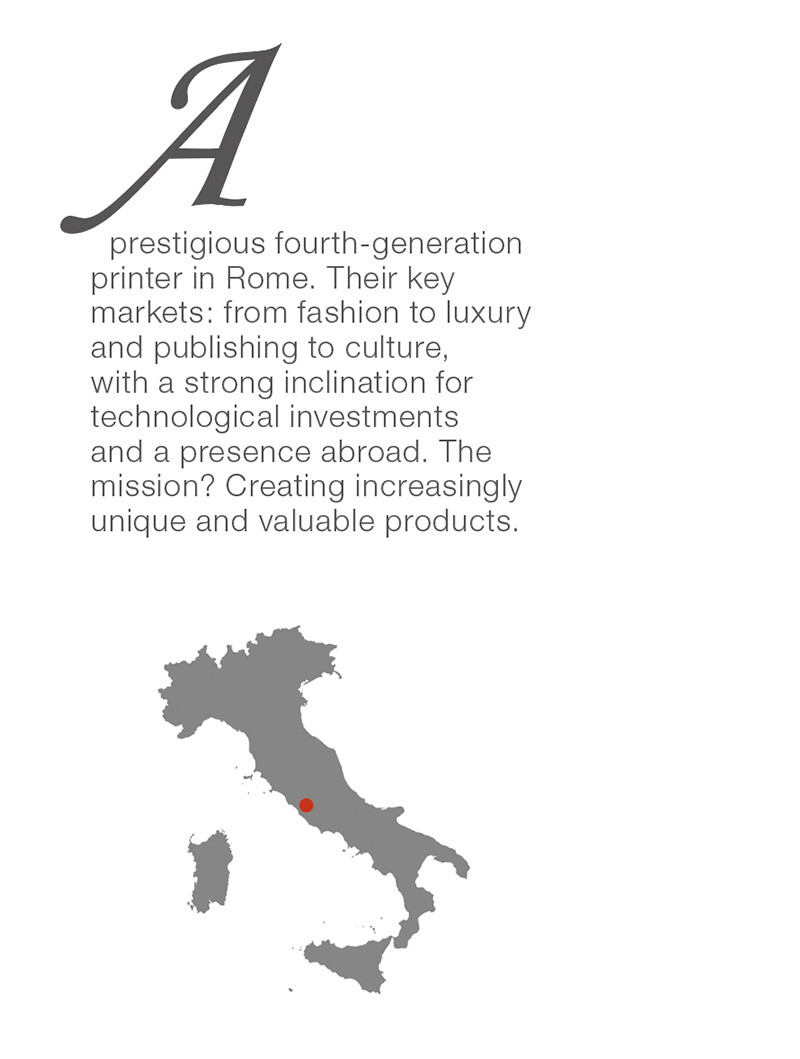
Marchesi Grafiche Editoriali was founded in 1914 by Ivo Marchesi, then a 21-year-old lithographic engraver trainee. In 1950 his son, Luciano Marchesi, took over Tipografica Craia, thus creating Arti Grafiche Marchesi. In the 1960s, with two printing plants and almost 100 employees, Luciano started to cooperate with Istituto Geografico De Agostini and Treccani, publisher of the prestigious Italian-language encyclopedia. In the 1980s, when Marchesi Grafiche Editoriali SpA was founded, his son, Stefano, and daughter, Marina, joined the company that they have since managed together and which today has entered into its fourth generation with the arrival of their respective sons. The company's turnover is 10 million euros, 20 to 25 percent coming from international sales.
-

Academic and cultural references are among the many works printed by Marchesi that have become landmarks in Italian publishing.

